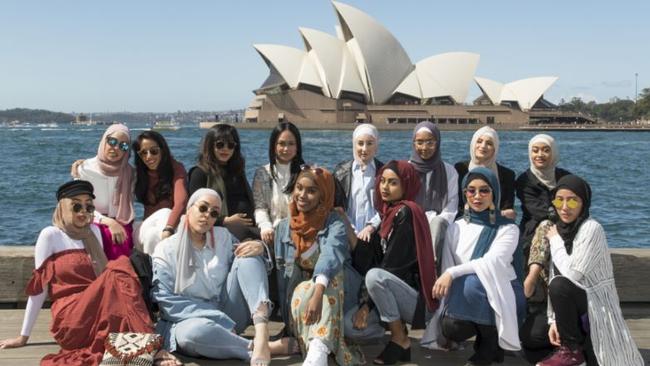
How did you dress your little girl for school this morning? Shorts, and a short-sleeved polo?
A sunhat, to wear outdoors?
And what about your good self, what do you have on? A cute off-the-shoulder number? A shirt, with the second button undone?
Do you think that makes you a little immodest? Synonyms for which include immoral, and indecent?
I ask because Australia’s Department of Foreign Affairs and Trade, otherwise known as DFAT, or else as Australia’s face to the world, has this week launched a thrilling new exhibition, in both Malaysia and Indonesia, showcasing, wait for it, “modest Australian fashion.”
In case you don’t know what that is, it’s skirts to the floor, ladies.
It is full body suits at the beach. It’s covering up your hair, and draping yourself in heavy fabric as you go about your day.
When did this become something the Australian government wanted to promote, and celebrate?
In 2018, apparently.
A media release announcing the exhibition, titled “Fashion Diplomacy in Action: Showcasing Australian Modest Fashion” went up on DFAT’s social media pages on 22 January. You can find it here.
It starts in a cheery way: “You may not have even heard of the modest fashion market but it is booming.”
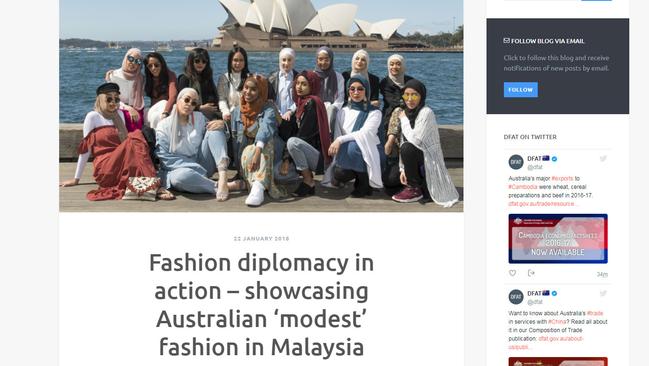
Yes, it is. Depressingly, it is booming, as the corruption of Sharia in the name of Islam, and its attendant misogyny, expands around the globe, sweeping all before it in an orgy of violence and terror.
But hey, what a great opportunity to introduce “Australian modest fashion” to the world!
Just curious, though, if you’re not wearing modest fashion, as defined by DFAT, what kind of fashion are you wearing today?
Immodest fashion? Because you haven’t got a pair of leggings under your calf-length skirts, and a turtle-neck under your blouse?
This is how Australian government officials describe us now?
Apparently so, because the blog helpfully explains: “Modest fashion is clothing that conceals rather than accentuating the body — and it is quickly increasing in popularity.”
Popularity. What an interesting word to choose.
The post goes on: “The emerging modest fashion market can help advance Australia’s public diplomacy objectives.”
How so, exactly? The post is illustrated with glamour shots of women covered head to toe, as if this is the ideal.
Australian women have done very well without being told what they can wear, from day dot. And that is because Australian womanhood is robust, hands-on, shoulder to the wheel. It is pioneers on outback stations, and it is women, and indeed teenage girls, sailing solo around the globe. It’s walking across the continent with your own fleet of camels, and flying your own damn plane.
It is women like Annette Kellerman, who in 1905 held all the world’s records for swimming, including the coveted 26-miles from Dover to Ramsgate.
It’s Joan Mary Barry, who at the age of 25 in 1961, was hauled before the Waverley Court for wearing a bikini on Bondi Beach, and for telling the lifeguard who tried to arrest her that he was a fool.
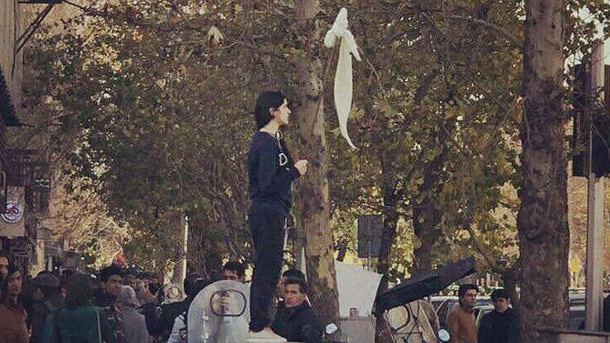
Obviously it’s possible to be both Australian and to wear the veil. But the idea that by choosing not to cover up — heading to the beach in a pair of bathers, or hitching up your shorts for climbing trees — makes one immodest … that’s something we need to push back against, as hard and as fast as we can.
The giddy tone of the DFAT post truly defies belief: “We first came across the exhibition (of modest clothing) in 2016 when we were researching public diplomacy activities for the coming financial year,” it says.
“We thought the exhibition would resonate well with Malaysians and we were right — a comment we heard from many was ‘wow, we didn’t realise Australia had a modest fashion scene.”
We’re meant to feel thrilled about that?
How about we tell them: Australia is an enlightened country, where women can dress as they please?
How about we immediately divert the funds from the “modest fashion exhibition” toward programs for breaking up child marriages, sending girls to school, and clamping down on genital mutilation?
DFAT may think it is a you-beaut idea to “support” the veiling of women in Malaysia and Indonesia, but in case they missed the cable, women across the Middle East are currently battling for the right not to wear the hijab.
Those women are disappearing from street corners.
They’re being thrown into prison.
How about we “support” them in their “immodest” desires? Because it’s getting harder to live without the scarf in Malaysia, and in places like Aceh, in Indonesia. Religious police are roaming the streets, and breaking into private homes, and arresting women for hanging out with chaps who aren’t their husbands.
Why are we supporting the idea that dressing freely is immodest? That is our government — our money, in our secular democracy — in the service of misogyny. It’s not fashion forward. It is fashion backward, and plain grotesque.


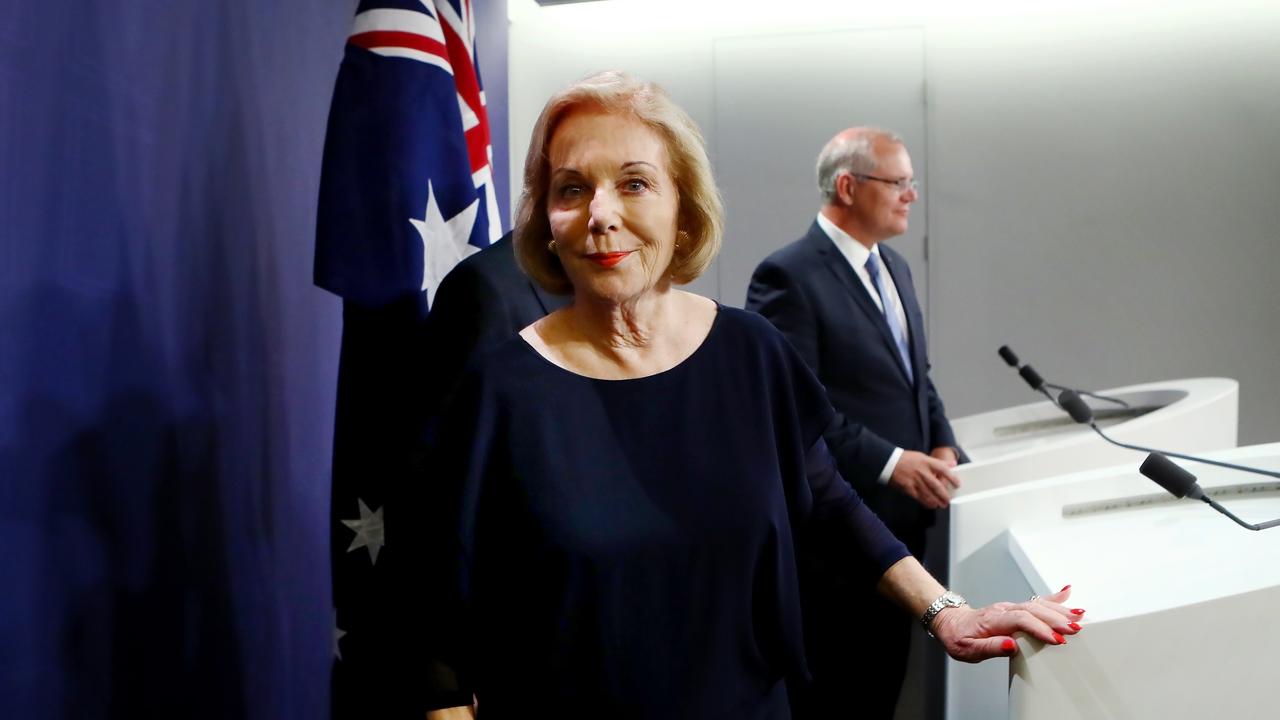
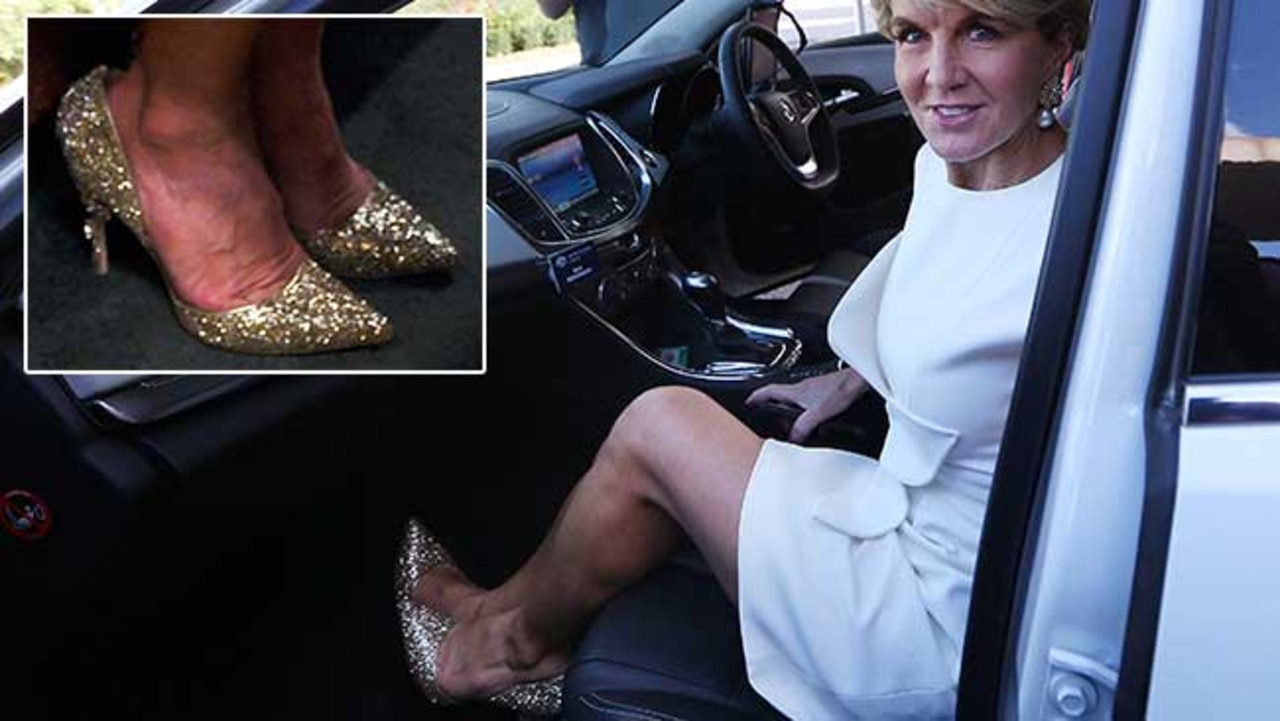
To join the conversation, please log in. Don't have an account? Register
Join the conversation, you are commenting as Logout